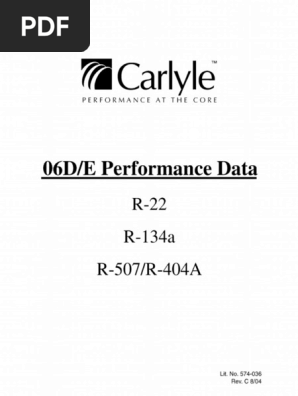0% found this document useful (0 votes)
26 views4 pagesGrammar Formulas
The document provides guidelines for punctuation usage on the SAT, covering periods, semicolons, colons, dashes, commas, transitions, tense consistency, structure, apostrophes, passive voice, dangling modifiers, and faulty comparisons. It emphasizes the importance of grammatical correctness and clarity in writing. Each section includes examples to illustrate the rules.
Uploaded by
hongdangrealCopyright
© © All Rights Reserved
We take content rights seriously. If you suspect this is your content, claim it here.
Available Formats
Download as PDF, TXT or read online on Scribd
0% found this document useful (0 votes)
26 views4 pagesGrammar Formulas
The document provides guidelines for punctuation usage on the SAT, covering periods, semicolons, colons, dashes, commas, transitions, tense consistency, structure, apostrophes, passive voice, dangling modifiers, and faulty comparisons. It emphasizes the importance of grammatical correctness and clarity in writing. Each section includes examples to illustrate the rules.
Uploaded by
hongdangrealCopyright
© © All Rights Reserved
We take content rights seriously. If you suspect this is your content, claim it here.
Available Formats
Download as PDF, TXT or read online on Scribd
/ 4
















































































